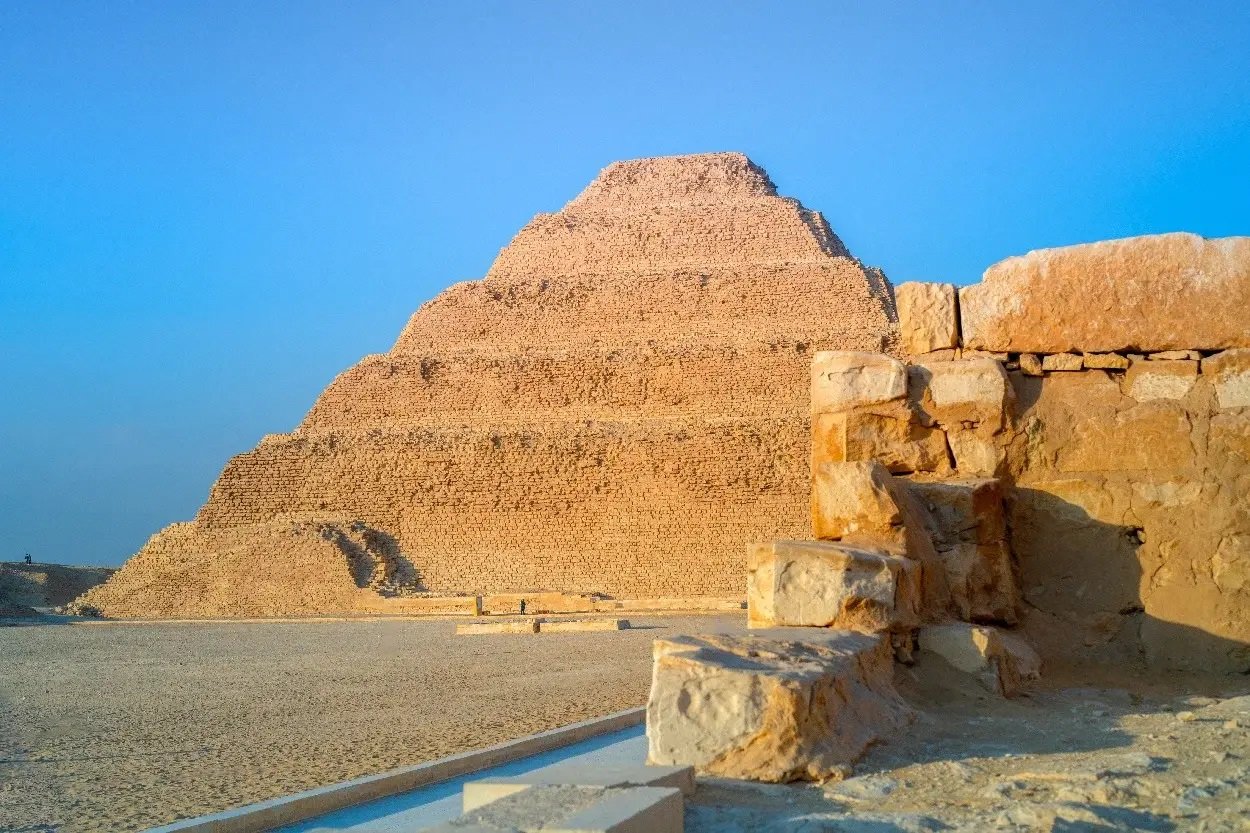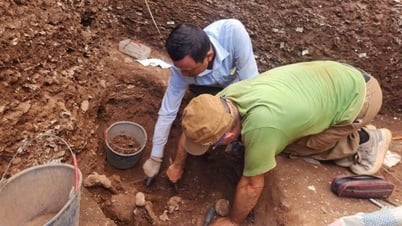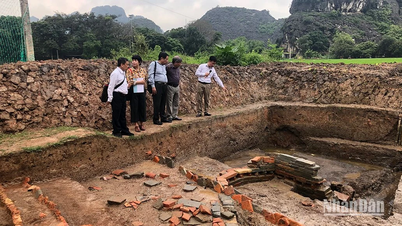(NLDO) - A hydraulic elevator system has been discovered at Djoser - the first pyramid of ancient Egypt.
According to Heritage Daily, a survey of the Gisr el-Mudir area around the Djoser pyramid - the most primitive step version of the Egyptian pyramids - revealed unexpected traces of a dam that impounded sediment and water.
It revealed something even more amazing, helping to explain the long-standing mystery of how the Egyptians moved the massive blocks of stone to build the pyramids: They used hydraulic elevators. And, this happened more than 4,600 years ago!

The Pyramid of Djoser still stands today - Photo: HERITAGE DAILY
According to the Egyptian-French research team led by archaeologists from the University of Limoges and the French National Institute for Agriculture, Food and Environment (INRAE), traces around the Djoser site also include a large lake outside the dam, west of the pyramid.
Water is also led into the moat surrounding it.
“In the southern part of the moat, we demonstrate that the massive linear rock-cut structure consisting of successively deep chambers, incorporating engineering requirements, is the remains of a water treatment facility including settling tanks, storage tanks and filtration systems,” the authors said in Heritage Daily .
Thus, Gisr el-Mudir and the inner southern part of the moat act as a unified hydraulic system to regulate water flow and improve water quality.
Additionally, some internal structures of the pyramid are consistent with a previously unreported hydraulic lift mechanism.
All of the above evidence suggests the existence of a hydraulic elevator system that lifted the blocks from the center of the pyramid, described as volcanic in nature.
Sediment-laden water from the area was combined with sediment-free water from the area south of the Dry Moat for use in the system.
The ancient Egyptians were famous for their pioneering and mastery of hydraulics through canals for irrigation, as well as canals that helped barges transport huge blocks of stone.
This work opens a new direction of research, showing that the pharaohs used scientific "power" ahead of their time to build structures that still baffle people thousands of years later.
Djoser with its unusual stepped structure is considered the first Egyptian pyramid.
The structure was built as the final resting place of Djoser, the first or second pharaoh of the 3rd Dynasty (2670–2650 BC) during the Old Kingdom of Egypt.
This pyramid rises from the Saqqara plateau in six steps and is 60-62 m high.
Source: https://nld.com.vn/4600-nam-truoc-nguoi-ai-cap-dung-thang-may-xay-kim-tu-thap-19624072611021857.htm



![[Photo] National Assembly Chairman Tran Thanh Man meets with Thai Prime Minister Paetongtarn Shinawatra](https://vphoto.vietnam.vn/thumb/1200x675/vietnam/resource/IMAGE/2025/5/15/e71160b1572a457395f2816d84a18b45)

![[Photo] Prime Minister Pham Minh Chinh receives Country Director of the World Bank Regional Office for Vietnam, Laos, Cambodia](https://vphoto.vietnam.vn/thumb/1200x675/vietnam/resource/IMAGE/2025/5/15/2c7898852fa74a67a7d39e601e287d48)





























































































Comment (0)